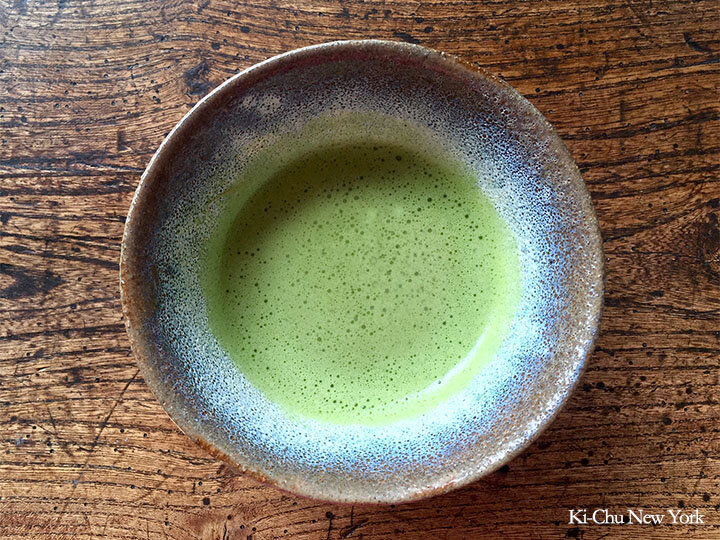Dear Friends;
What kind of teacup do you use on a daily basis? Do you really like your teacup, or have you never even thought of it. The New York Times bestseller book The Life Changing Magic Of Tidying Up written by Marie Kondo states only you can know what kind of environment makes you happy. Your feelings are the standard for decision making – specifically, knowing what sparks joy.
Today I am introducing my favorite teacup to you. I love it and I've used it for many years. You might look at it and think it's a bit old and worn out, but to me, it becomes more attractive the longer I use it. I use the Japanese term shibui, so please let me explain. You can see the cracking and discoloration at the bottom of the cup. They are formed into patterns called keshiki (景色) which literally means scenery. Cracking is a state in which the glaze is finely cracked. Depending on the extent of cracking, the color brings out marks. The keshiki didn't exist when the teacup was new. A good comparison is a leather with time leather becomes more glossy and deeper in color. In Japan, they said the keshiki makes you more attached so because of the keshiki I have grown to love my teacup.
This particular teacup was created by the ceramic Artist, Kifumi Kawamura. Each piece he makes is original. Every time, I drink tea with this teacup I sense warmth and calmness, so even when I'm busy I can't handle it roughly because it's so special to me.
In fact, ceramics last longer than our lives, especially if we take good care. It gives you a good feeling that you have had your ceramic item for a long time. I feel it's important to surround yourself with things you love and you have had for a long time.
See the picture of my teacup. I requested a larger than normal size, so I could also use it for food. It is perfect for appetizers or desserts, especially matcha ice cream!
You may purchase a similar teacup available in two different sizes. Large 3 3/4” (9.5 cm.) shown and Medium 3 1/4” ( 8 cm.)
Please contact us for more information via the “contact page.”
Best,
Kumiko
Edited by Janice Ensminger





